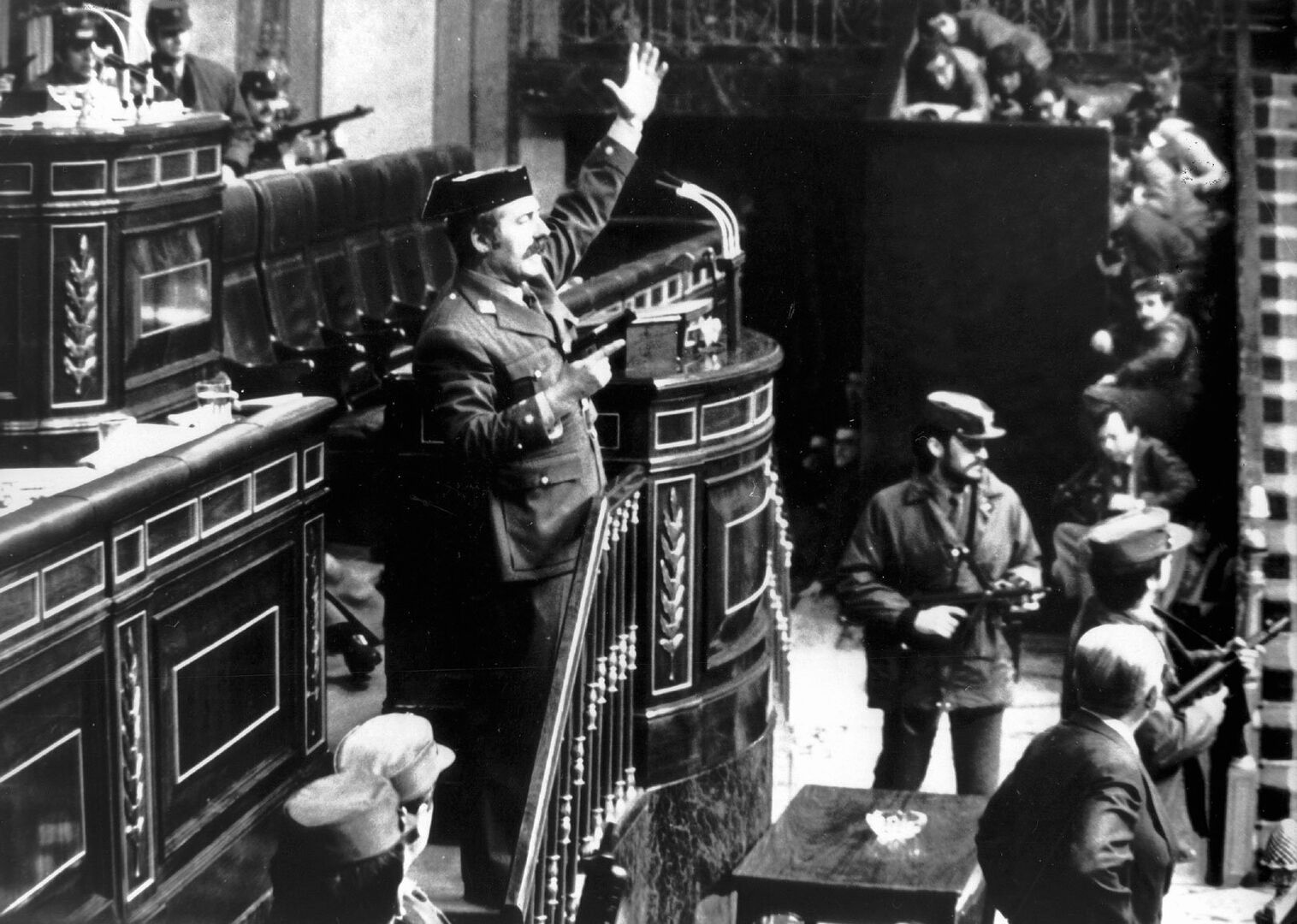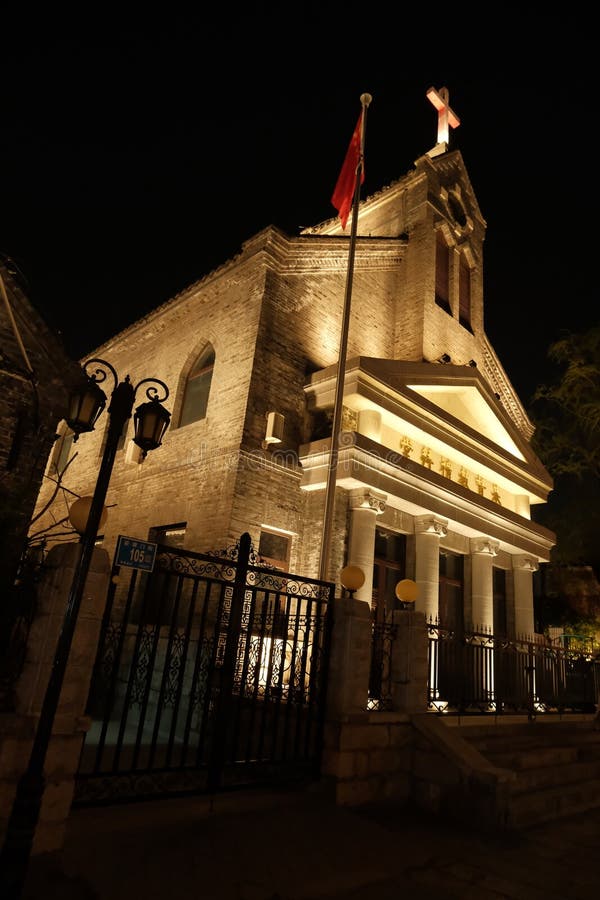The decades-long dictatorship under Franco had established an authoritarian regime which tightly controlled all aspects of life in Spain. However, over time social changes were beginning to take shape that would ultimately lead the country towards democratic reform.
Setting the Stage for Change
In the post-war period following WWII, while political opponents were still suppressed, ordinary Spaniards were beginning to gain more freedom of movement. People could travel to and from France and Germany for work or holidays without issue, as long as they weren’t officially marked as dissidents by the regime. Even tourism within the Eastern bloc, while restricted, was becoming possible between communist countries. This showed early signs that the Iron Curtain was beginning to loosen its grip. At the same time, the non-aligned communist nation of Yugoslavia allowed free exit to its citizens, demonstrating it was possible for a socialist state to grant more personal liberties. This provided an example for others.

Transition Begins with a New King
With Franco nearing the end of his rule, he had hoped to establish absolute monarchy to ensure the fascist system would continue. But the man he chose as his heir, King Juan Carlos I, secretly had other ambitions. After assuming power in 1975 following Franco’s death, King Juan Carlos quickly enacted democratic reforms, abolishing the Francoist regime. He dismissed the dictator’s prime minister and appointed Adolfo Suárez, paving the way for Spain’s historic transition to elected leadership and a constitutional monarchy.
A New Constitution and Government
In 1977, Adolfo Suárez became Spain’s first democratically elected prime minister, allowing parliamentary politics and multi-party elections for the first time. An entirely new constitution was drafted and approved through a public referendum in 1978, enshrining freedoms and establishing separation of powers. This marked Spain’s official transition from dictatorship to liberal democracy.
Attempted Coup and Democratic Consolidation
In 1981, remnants of the Francoist old guard made an attempt to roll back reforms through a military coup. But King Juan Carlos courageously defended democracy on national television, ensuring the coup’s failure. This pivotal moment consolidated Spain’s fledgling democratic system. In the decades since, Spain has developed into a stable, modern European nation with a highly regarded constitutional monarchy.
Legacy of Reforms and Freedoms
The transition inaugurated by King Juan Carlos established Spain as a parliamentary constitutional monarchy, removing totalitarian control. Citizens now enjoy expansive civil liberties and political participation free from repression. Some lasting reforms enacted include the creation of an universal public healthcare system and accessibility to higher education. Spain has truly emerged from the ashes of fascism into a prosperous, equal and free society.
The Transition to Democracy in Spain
The decades of authoritarian rule under General Franco had imposed strict control over all aspects of life in Spain. However, gradual changes were unfolding in the postwar period that would eventually enable the country’s transition to democracy.
Gaining Small Freedoms of Movement
In the years following World War II, while political dissidents remained suppressed, ordinary Spaniards started gaining more freedom of mobility. Those without an official status as regime opponents could freely travel to and from France and Germany for work or vacations. Even tourism was becoming possible between Eastern bloc nations, though still tightly controlled with visa requirements. This revealed the earliest signs of loosening restrictions within the Iron Curtain.
Yugoslavia as a Model of Non-Alignment
Importantly, the socialist yet non-aligned state of Yugoslavia uniquely permitted free exit to its citizens, proving a communist government could respect personal liberties. This provided a unique example and foothold towards greater reform elsewhere in Europe. Immigration patterns showed Spaniards and others traveling to Germany from Yugoslavia as well.
A Young King’s Democratic Vision
As the aging Franco neared the end of his rule, he sought to establish an absolute monarchy maintaining the fascist system indefinitely. However, the man chosen as heir, King Juan Carlos I, privately aimed to democratize Spain. After ascending to the throne in 1975, he swiftly removed Francoist officials and appointed the reformist Adolfo Suárez as Prime Minister, setting democratic transition in motion.
Crafting a Liberal Constitution
In 1977, Suárez became Spain’s first freely elected head of government, establishing multi-party politics and parliamentary elections. A new constitution was then drafted through an inclusive process and approved by public referendum in 1978, institutionalizing individual rights and separating powers among branches of governance. Spain was now a constitutional monarchy transitioning from dictatorship.
Defending the Fledgling Democracy
Shortly after in 1981, remnants of the old order attempted a coup to rollback reforms. But King Juan Carlos courageously defended the democratic process on live television, causing the plot to collapse. This pivotal event cemented the stability of Spain’s new political system. The nation has since developed into a prosperous European democracy respected for its constitutional monarchy.
Legacy of Lasting Social and Political Reforms
The transition initiated under Juan Carlos transformed Spain into a modern parliamentary state where civil liberties and multiparty competition are protected rather than oppressed. Some landmark reforms that endure include the development of universal public healthcare and broad accessibility to higher education. After overcoming its fascist past, Spain has truly become a just, participatory and prosperous society.

 Visiting Madrid in November: What to Expect and Other Spanish Cities Worth Exploring
Visiting Madrid in November: What to Expect and Other Spanish Cities Worth Exploring